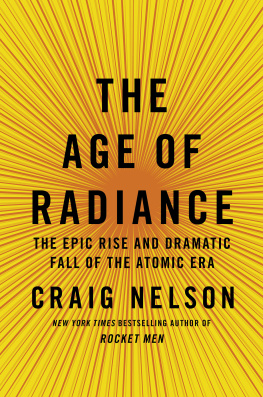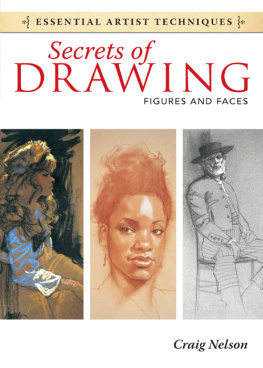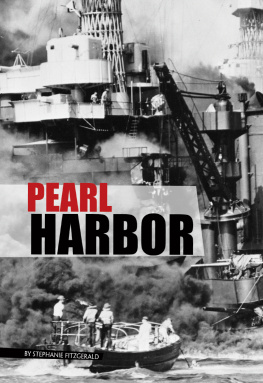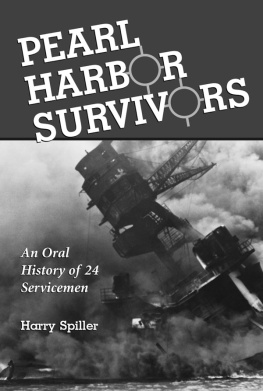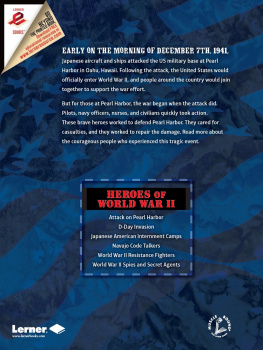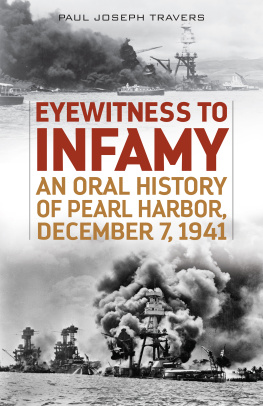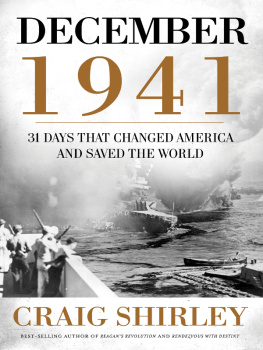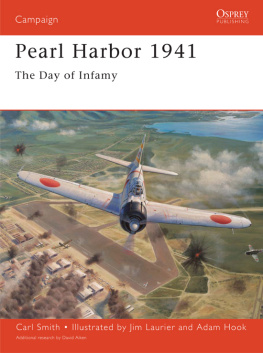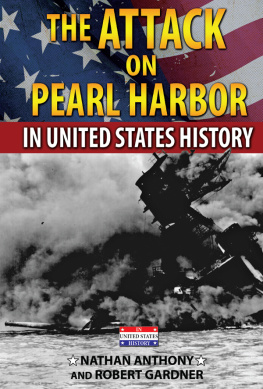Thank you for downloading this Scribner eBook.
Join our mailing list and get updates on new releases, deals, bonus content and other great books from Scribner and Simon & Schuster.
C LICK H ERE T O S IGN U P
or visit us online to sign up at
eBookNews.SimonandSchuster.com
ALSO BY CRAIG NELSON
The Age of Radiance: The Epic Rise and Dramatic Fall of the Atomic Era
Rocket Men: The Epic Story of the First Men on the Moon
Thomas Paine: Enlightenment, Revolution, and the Birth of Modern Nations
The First Heroes: The Extraordinary Story of the Doolittle RaidAmericas First World War II Victory
Lets Get Lost: Adventures in the Great Wide Open

Scribner
An Imprint of Simon & Schuster, Inc.
1230 Avenue of the Americas
New York, NY 10020
www.SimonandSchuster.com
Copyright 2016 by Craig Nelson
All rights reserved, including the right to reproduce this book or portions thereof in any form whatsoever. For information, address Scribner Subsidiary Rights Department, 1230 Avenue of the Americas, New York, NY 10020.
First Scribner hardcover edition September 2016
SCRIBNER and design are registered trademarks of The Gale Group, Inc., used under license by Simon & Schuster, Inc., the publisher of this work.
Jacket design by Jonathan Bush
Jacket photograph Picture Researchers/Science Source/Getty Images
For information about special discounts for bulk purchases, please contact Simon & Schuster Special Sales at 1-866-506-1949 or .
The Simon & Schuster Speakers Bureau can bring authors to your live event. For more information or to book an event, contact the Simon & Schuster Speakers Bureau at 1-866-248-3049 or visit our website at www.simonspeakers.com.
Library of Congress Cataloging-in-Publication Data
Names: Nelson, Craig, [date] author.
Title: Pearl Harbor : from infamy to greatness / Craig Nelson.
Description: New York : Scribner, an imprint of Simon & Schuster, [2016] |
Includes bibliographical references.
Identifiers: LCCN 2016018490 (print) | LCCN 2016018644 (ebook) | ISBN 9781451660494 | ISBN 9781451660517
Subjects: LCSH: Pearl Harbor (Hawaii), Attack on, 1941.
Classification: LCC D767.92 .N46 2016 (print) | LCC D767.92 (ebook) | DDC
940.54/26693c23
LC record available at https://lccn.loc.gov/2016018490
ISBN 978-1-4516-6049-4
ISBN 978-1-4516-6051-7 (ebook)
On the cover: An armor-penetrating Japanese shell strikes destroyer USS Shaw s forward magazine and ignites its cache of ammunition at 0912 on December 7, 1941, in a direct echo of the single blow that, minutes before, killed over a thousand men aboard the USS Arizona .
PHOTO INSERT CREDITS: Photos courtesy of the National Archives and Naval History and Heritage Command, except : courtesy of the author.
for Bill
On April 4, 1968, Robert Kennedy was giving a speech in Indiana when he was told that Martin Luther King Jr. had been assassinated. After sharing the news with his shocked and tearful audience, he quoted Aeschylus:
Even in our sleep, pain which cannot forget
falls drop by drop upon the heart,
until, in our own despair,
against our will,
comes wisdom
through the awful grace of God.
CONTENTS
PREFACE
DREADNOUGHTS AND HOLYSTONES
O n February 13, 1940, thirteen days before he turned eighteen, San Antonio high school football player James Lawson volunteered to join the United States Navy. Like everyone else at that moment at the bottom of the barrel in the Department of War, he was paid a princely $21 a month, but getting three hots and a cot was an economic toehold in an America just financially rousing itself from the Great Depression. The services had so slimmed down from their Great War peaks that it was a leap to get in, though civilians commonly looked down on sailors as unsavory neer-do-wells whom they called squids. First Lady Eleanor Roosevelt had made a quipThe cleanest bodies and the dirtiest minds in the worldwhile Norfolk, Virginia, had signs in its city parks: SAILORS AND DOGS KEEP OFF THE GRASS .
After San Diego boot camp, Seaman 2nd Class Lawson rode a supply ship across the Pacific, arriving in Oahu at Ford Islands quay Fox 8 in May of 1940. He never forgot crossing the plank for his very first day aboard the USS Arizona , a moment when, so awed by the thirty-thousand-ton dreadnoughts grandeur and majesty, he forgot to salute: I was just overwhelmed by the size of it. New sailors are like that. You go up that gangway for the first time, and you been trained to ask permission to come aboard and salute the flag at the stern, but the new seamen second come aboard and right away they forget.
Lawsons first assignments were brute laborchipping paint; polishing brass; swabbingand the most dreaded of all, holystoning. The decks of the ship were planked in teak, and the muscular technique the USN devised to polish them to a sheen was to take a sandstone brick with a hole drilled in itthe bricks originally came from churchly ruins, thus holystonesand use a broomstick in the hole to soothe the deck. Lawsons bed his first year aboard was a hammock hung six feet in the air so people could walk underneath it, as fellow sailor Galen Ballard remembered. It rocked nice and put you to sleep, but it was very easy to fall out of.... Thats a long way to fall.
Promoted to messcookbetter to peel potatoes than holystone decksLawson was promoted again after a few months, to gunners mate 3rd class, Deck Division 4. He lived in the stern, working the port quarterdecks Turret 4 as well as the No. 2 catapult, which threw scouts into the sky: The [float] plane sat on top of the catapult on a cradle, with a long cable that ran along the tracks of the catapult. Usually the plane went off the port side. As the ship turned and faced into the wind, we get the word to fire. Wed hit the firing key, it was just like firing a gun. The firing mechanism would fire off that five-inch cartridge, basically a can full of powder, and when that charge expanded the gas, it fired the plane, it would run on the cradle all the way to the end of the catapult. By the time it hit the catapult it was at takeoff speed. We had trained to rotate the catapult so that when planes left the ship, theyd be headed into the wind, which was takeoff position for aircraft. When they would come back in, the ship would have to swing around to make a slick. The big ship turning this way or that would flatten out the waves enough for the aircraft to sit down in the water. The plane would taxi up close to where the boatswains mates could swing the crane out to hook on to the plane to hoist it back aboard and over onto the catapult.
In that dawn-of-radar era, a battlewagons scout planes sent target coordinates back to her control room, and Lawson, as a pointer, controlled the elevation of his great Turret 4 guns, while the trainers ruled their horizontal. Their 179,614-pound cannon could blast 1,400-pound, armor-busting projectiles at an angle of fifteen degrees for a range of twenty miles... so far that they could pierce the horizon to strike enemies unseen: It was a thrill: pulling the trigger and knowing it was going after somebody across the horizon with another twenty-five hundred to three thousand pounds of high explosives.... Every time Id press the firing key in that turret and hear those big bullets going shreeeeeeeeeooooooooooo twenty miles across the water, I was thinking, Heres another one for Tojothat was what the head honchos called the Japanese in those days. We figured that, with our superior forces, our superior ships, our superior gunnery, wed take em.
Next page

